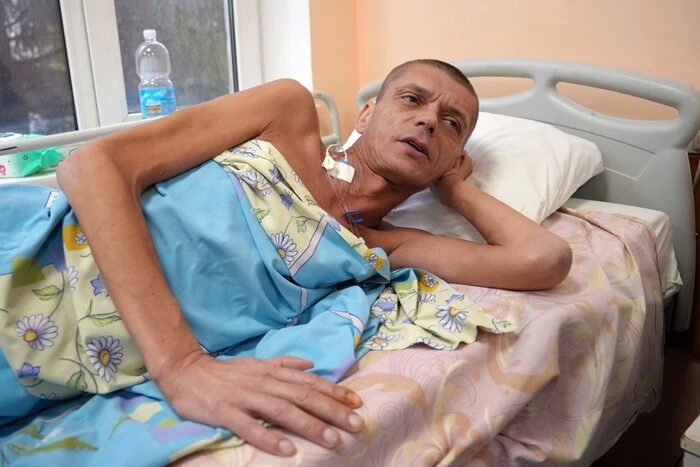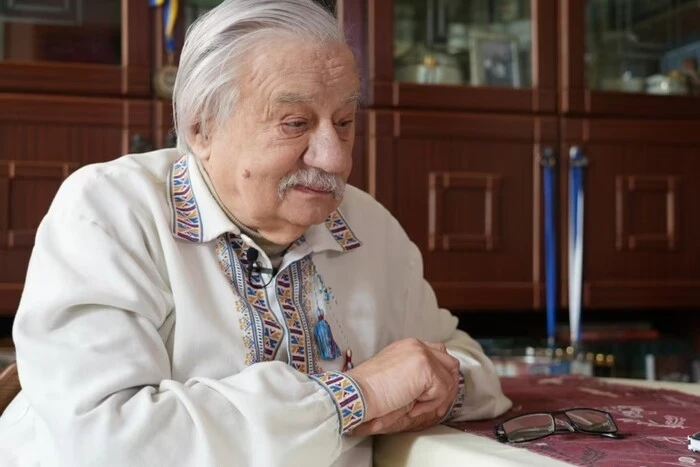Not seen similar cases. A soldier was operated on in Kharkiv who survived after 36 days with a tourniquet.


A soldier was operated on in Kharkiv who survived after 36 days with a tourniquet
In a Kharkiv hospital, a soldier was successfully operated on after living 36 days with a tourniquet on his wounded leg. This was reported by the Kharkiv Hospital.
A soldier was operated on in a Kharkiv hospital who survived after 36 days with a tourniquet on his wounded leg. Even the most experienced military surgeons do not remember such a number: 864 hours, it is stated in the post.
According to reports, for a month the man could not be evacuated from positions near Vovchansk due to the active activity of Russian drones. During this Time, the tourniquet tightly squeezed his leg (it is usually recommended to apply them for no more than two hours).
A person survived thanks to the proper management of the tourniquet. If they had not applied it or had done it incorrectly, the person would have died. I think that the training of military personnel is increasing. Gradually the troops are being filled with people who have undergone basic training and understand what to do when they are injured. The soldier survived, but, unfortunately, he had to amputate the part of the leg where the tourniquet was applied, said Vyacheslav Kurinniy, Deputy Chief of Medical Staff of the Military Medical Clinical Center of the Northern Region.
After being brought to the Kharkiv hospital, Oleksandr's condition was severe; he suffered from heavy blood loss, high anemia, and intoxication.
We conducted preoperative preparation: restored the circulating blood volume and increased hemoglobin. The patient had a hemoglobin level of 69, which is very low; such hemoglobin is not recommended for surgery. He also had hypoalbuminemia, which is related to the fact that he had not eaten or drunk normally for a long time. He said he could not remember the last time he had properly eaten food. We stabilized his condition even during anesthesia and began the operation, said Inna Stetsyuk, senior doctor of the anesthesiology, resuscitation, and intensive care department.
According to Dmytro Sitchenko, the surgeon who performed the operation, such complications are the minimum of what could have happened to a person after 36 days with a tourniquet on his leg. He has never encountered a similar case.
We have never seen anything like this before. Gangrene was already developing, there was a risk of losing the limb due to purulent complications. The man had intoxication, dehydration, anemia, hypoalbuminemia, and overall he was severely exhausted. But he was very lucky, said Dmytro Sitchenko, senior doctor of the purulent surgery department.
Oleksandr, who hails from Khmelnytskyi, was brought to the hospital conscious. He described the injury he received: he stepped on a mine, probably a petal.
I could not be evacuated for a month and six days. Then the weather worsened, the drones were silent for a while, and I was taken out. The guys put a tourniquet on me; I couldn't have done it myself. I understood from the second day after the injury that I would lose my leg. And I did not focus on this. I wanted to live, to be with my family, with my sons. I have two sons: the elder is 12 years old, and the younger is only 2 years old. This gave me strength, said Oleksandr.
The next step for him will be medical evacuation to western Ukraine and prosthetics.
Read also
- They poured cognac into the coffee and told jokes. Former MP shared how the Constitution was adopted in 1996
- Operators will stop blocking SIM cards of Ukrainians for debts: who will be affected by the benefits
- Pope Francis addressed the pilgrims in Ukrainian
- A soldier set a Guinness record in the combat zone
- Ukrainian Poet and Dissident Ihor Kalynets Has Died
- «Ukraine is and will be on earth». Zelensky congratulated citizens on Constitution Day in a symbolic place










